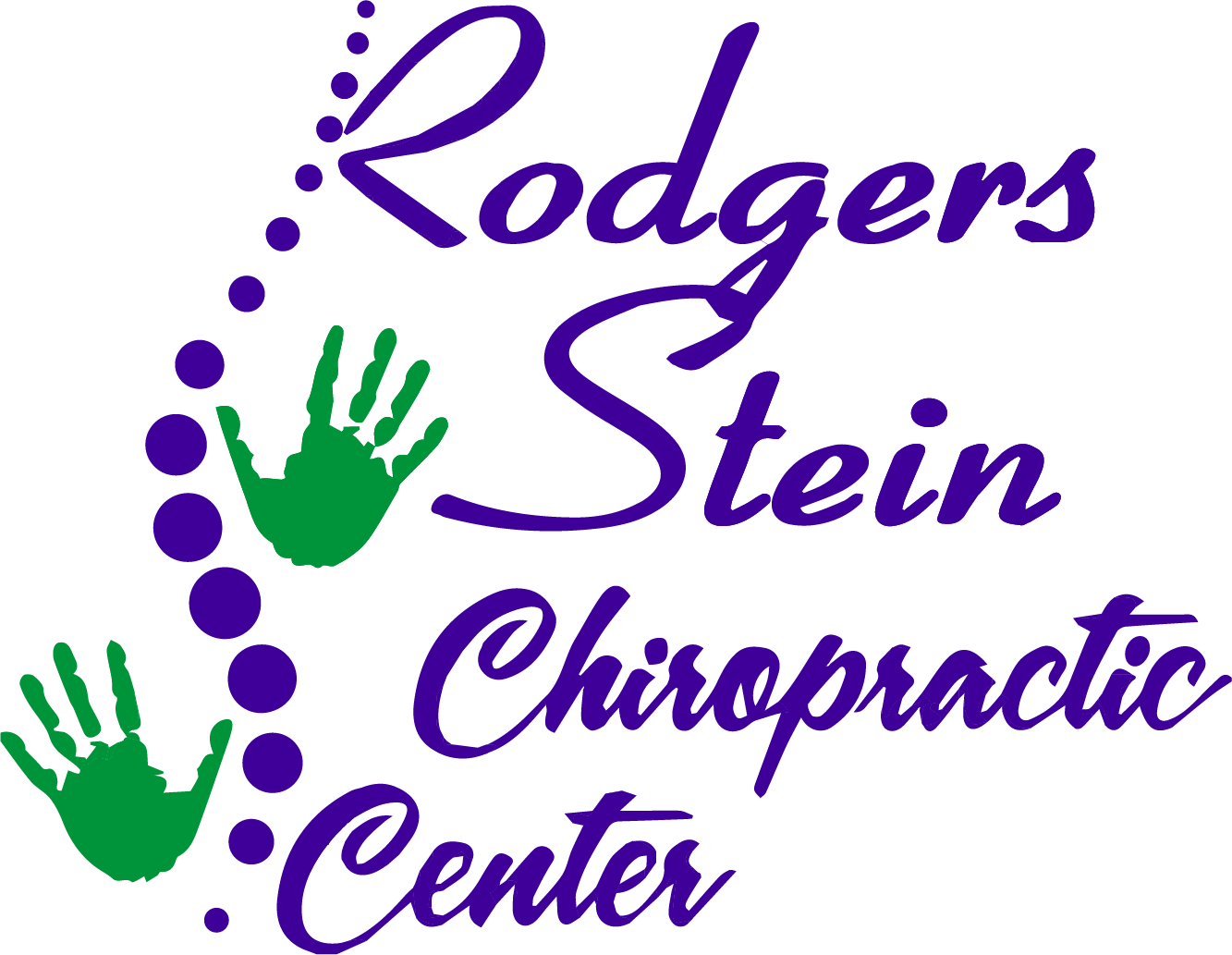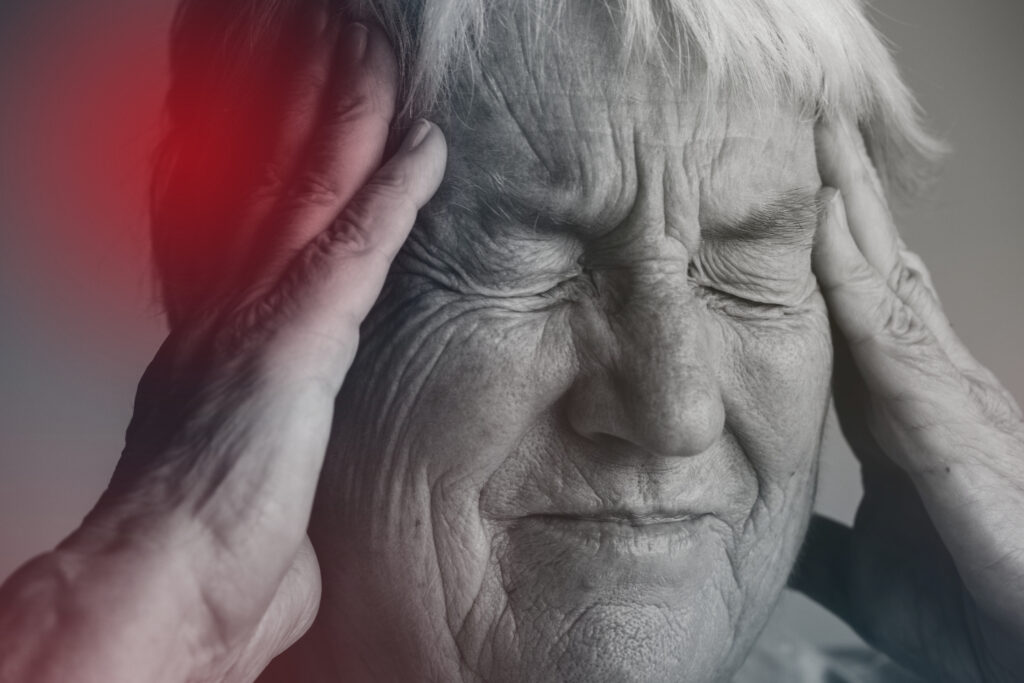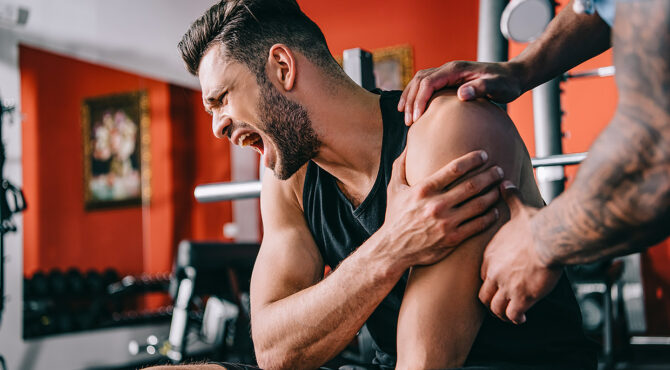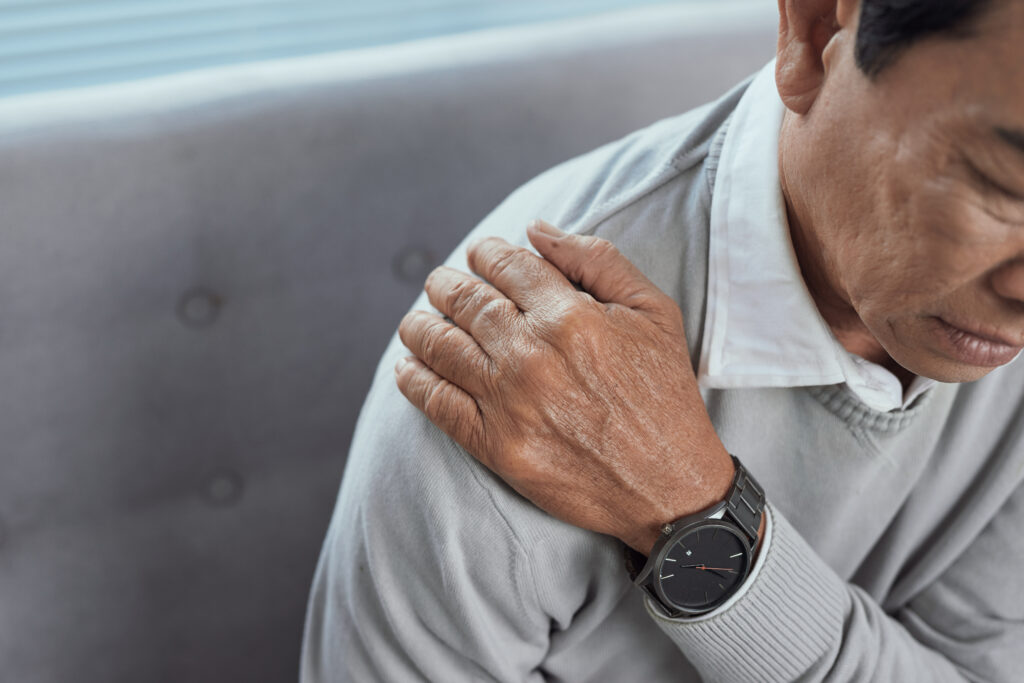You might think recovery is just about resting after a workout, but the latest insights reveal it's far more complex. It involves a blend of personalized nutrition, sleep optimization, and innovative techniques like cryotherapy and mindfulness. Understanding how these elements work together can elevate your performance and reduce injury risk. As you explore these advanced strategies, you'll find that the future of athlete recovery might hold even more surprising revelations that could change how you approach your training. What's next on this journey?
Importance of Recovery
Athletes' recovery is just as essential as their training regimen. You might push your body to its limits during workouts, but without proper recovery, you're setting yourself up for burnout or injury. Recovery isn't just about taking a day off; it's an important part of your performance strategy. When you allow your muscles time to heal and rebuild, you're actually enhancing your strength and endurance for future competitions.
Ignoring recovery can lead to overtraining, which not only affects your physical health but also your mental state. You may notice decreased motivation, increased fatigue, or even mood swings. That's why integrating recovery techniques into your routine is critical. It helps you maintain peak performance levels while reducing the risk of injury.
Incorporating rest days, sleep, and nutrition into your recovery plan is necessary. You need those rest days to recharge your body and mind.
Sleep, often overlooked, is when your body does most of its healing. Aim for quality sleep each night to optimize your recovery process.
Nutritionally, fueling your body with the right nutrients post-training can speed up recovery, replenishing glycogen stores and repairing muscle tissues.
Emerging Recovery Technologies
More and more athletes are turning to emerging recovery technologies to enhance their performance and speed up healing. These innovations offer tailored solutions that can address specific recovery needs, making them essential tools in an athlete's regimen.
One standout technology is neuromuscular electrical stimulation (NMES), which helps reduce muscle soreness, improve circulation, and accelerate muscle recovery. By using electrical impulses, you can stimulate muscle contractions and promote better blood flow, leading to faster healing.
Another fascinating development is the use of advanced wearable devices. These gadgets track various metrics, such as heart rate variability, sleep quality, and recovery status. By analyzing this data, you can make informed decisions about your training intensity and recovery strategies, ensuring you're always at your best.
Additionally, infrared therapy is gaining popularity for its ability to penetrate deep into tissues and promote healing at the cellular level. This non-invasive method can help reduce inflammation, relieve pain, and enhance overall recovery. As more athletes discover its benefits, you might find yourself intrigued by its potential.
Lastly, virtual reality (VR) is entering the recovery space, offering immersive experiences that can aid mental recovery. By simulating calming environments, VR can help reduce stress and anxiety, promoting a more holistic approach to recovery.
Incorporating these emerging recovery technologies into your routine can markedly enhance your performance and well-being. As these innovations continue to evolve, staying informed will help you make smarter choices for your recovery journey.
Cryotherapy and Its Benefits
As you explore various recovery methods, cryotherapy stands out for its unique approach to healing and performance enhancement. This technique involves exposing your body to extremely cold temperatures, typically in a chamber or with localized devices, for a short duration. The primary goal is to reduce inflammation, alleviate pain, and expedite recovery after intense workouts or competitions.
One of the key benefits of cryotherapy is its ability to decrease muscle soreness. After a rigorous training session, your muscles can feel fatigued and inflamed. Cryotherapy helps constrict blood vessels, which reduces blood flow to the affected areas. Once you exit the cold environment, your body warms back up, leading to a rush of blood flow that carries oxygen and nutrients to your muscles, promoting quicker healing.
Additionally, cryotherapy might improve your overall athletic performance. By reducing recovery time, you can train more frequently and at higher intensities. This is particularly beneficial for athletes looking to push their limits and achieve personal bests.
Many athletes also report improved sleep quality and mood after cryotherapy sessions. The cold exposure triggers the release of endorphins, which can elevate your mood and enhance your overall well-being.
While individual experiences may vary, incorporating cryotherapy into your recovery routine can be a valuable addition. It's important to consult with a healthcare professional before starting any new recovery technique, ensuring it aligns with your specific needs and goals.
Active Recovery Methods
Active recovery methods play an essential role in enhancing your post-exercise routine. Instead of collapsing on the couch after a tough workout, incorporating light activities can considerably boost your recovery process. These methods help your body flush out toxins, reduce muscle soreness, and maintain blood circulation, which accelerates healing.
One of the simplest active recovery techniques is walking. A leisurely stroll for about 20-30 minutes can keep your muscles engaged without overexerting them. This light movement helps to prevent stiffness and promotes relaxation.
Similarly, gentle cycling or swimming at a low intensity can provide effective recovery, allowing your muscles to recover while still staying active.
Incorporating dynamic stretches or yoga can also be beneficial. These activities enhance flexibility and range of motion, helping to alleviate tightness and prepare your body for future workouts. Focus on slow, controlled movements that encourage deep breathing and mindfulness, which can also aid in reducing stress.
Consider doing foam rolling or using a massage ball as part of your active recovery. These techniques target specific muscle groups, breaking up tightness and improving blood flow. Aim for about 10-15 minutes of foam rolling after your workouts to maximize the benefits.
Lastly, don't underestimate the power of recreational sports. Engaging in a light game of basketball, soccer, or even dancing can provide enjoyment while serving as an effective recovery method.
Nutrition's Role in Recovery
After engaging in active recovery methods, it's important to focus on nutrition to further enhance your recovery process. The right nutrients can greatly speed up your recovery, reduce soreness, and prepare your body for the next training session.
You've likely heard about the significance of protein, and it's true—consuming adequate protein post-workout helps repair and build muscle tissue. Aim for a source like chicken, fish, or plant-based proteins within 30 minutes after your activity.
Carbohydrates also play a significant role. They replenish glycogen stores that get depleted during intense workouts. Pairing protein with carbs, like a banana with yogurt or a protein shake with oats, can maximize your recovery.
Don't forget about healthy fats, too; they help with inflammation and overall health. Avocados, nuts, and olive oil are great options.
Hydration is another key factor. Water is essential for transporting nutrients throughout your body, so make sure you're drinking enough fluids before, during, and after your workouts. If you've had an especially intense session, consider electrolyte-rich drinks to restore balance.
Finally, vitamins and minerals shouldn't be overlooked. Foods rich in antioxidants, like berries and leafy greens, can help combat oxidative stress from your workouts.
By focusing on these nutritional elements, you're not just fueling your body; you're actively enhancing your recovery, ensuring you come back stronger and ready for your next challenge.
Prioritize your nutrition—your body will thank you for it.
Sleep and Performance
Getting quality sleep is essential for your performance as an athlete.
You need to understand the right amount of sleep your body requires and how to create an ideal sleep environment.
Importance of Quality Sleep
Quality sleep is the cornerstone of athletic performance, playing an essential role in recovery and overall well-being. When you prioritize sleep, you're not just resting; you're optimizing your body's recovery processes. During sleep, your body repairs muscles, synthesizes proteins, and releases growth hormones. This biological renewal is vital for maintaining peak physical condition.
Without quality sleep, your cognitive function suffers, making it harder to focus, strategize, and react during competition. You might find yourself slower, both physically and mentally, which can directly impact your performance.
Sleep also regulates mood and stress levels, so if you're well-rested, you're more likely to stay positive and resilient under pressure.
Moreover, quality sleep helps to balance hormones that control appetite and energy levels. When you skimp on sleep, you may crave unhealthy foods and feel less motivated to train. It's a cycle that can hinder your progress and performance.
In short, committing to quality sleep is a game-changer. By ensuring you get the rest your body needs, you're laying the foundation for better training results, improved performance, and a healthier athletic lifestyle.
Sleep Duration Recommendations
When it comes to sleep duration, athletes should aim for 7 to 9 hours each night to maximize performance and recovery. This range isn't just a suggestion; it's essential for your body to repair and replenish itself. Sleep plays a critical role in muscle recovery, hormone regulation, and overall mental acuity.
If you're consistently falling short of this goal, you may experience decreased strength, slower reaction times, and increased risk of injury.
Keep in mind that individual needs can vary based on training intensity, age, and personal health. Some athletes might find that they thrive on the higher end of the spectrum, while others might feel refreshed with slightly less. Pay attention to how you feel after different sleep durations; this will help you identify what works best for you.
Also, consider the quality of your sleep. If you're getting 8 hours of sleep but constantly waking up feeling groggy, you may need to assess factors like pre-sleep routines or lifestyle habits.
Prioritizing a consistent sleep schedule can help reinforce your body's natural rhythms, making it easier to fall asleep and wake up feeling energized.
Sleep Environment Optimization
Creating a sleep-friendly environment is essential for optimizing your rest and enhancing athletic performance. Start by ensuring your bedroom is dark, quiet, and cool. Blackout curtains can block out unwanted light, while earplugs or a white noise machine can mask disruptive sounds. Aim for a room temperature between 60 to 67 degrees Fahrenheit, as this range is ideal for promoting deep sleep.
Invest in a comfortable mattress and supportive pillows tailored to your sleep position. A good mattress will reduce discomfort and help you maintain proper alignment, which is vital for recovery.
Additionally, limit exposure to screens before bedtime; the blue light emitted by phones and computers can interfere with melatonin production, making it harder to fall asleep.
Establish a consistent sleep schedule by going to bed and waking up at the same time each day, even on weekends. This routine helps regulate your body's internal clock.
Finally, consider incorporating relaxing activities, like reading or meditation, into your pre-sleep routine. By optimizing your sleep environment, you're setting yourself up for better recovery, improved focus, and enhanced athletic performance.
Mindfulness and Mental Recovery
Many athletes overlook the importance of mental recovery, yet it plays an essential role in overall performance. Your mind influences every aspect of your training and competition, and neglecting mental recovery can lead to burnout, decreased motivation, and poor performance.
Incorporating mindfulness practices into your routine can greatly enhance your mental well-being and recovery.
Here are four effective mindfulness techniques you can use:
- Meditation: Spend a few minutes each day focusing on your breath. This practice helps clear your mind and reduces stress, allowing you to refocus your energy.
- Visualization: Picture yourself succeeding in your sport. This technique helps build confidence and prepares your mind for competition by creating a mental roadmap for success.
- Gratitude Journaling: Write down things you're thankful for each day. This practice shifts your focus from stressors to positive aspects of your life, boosting your overall mood and resilience.
- Mindful Movement: Engage in activities like yoga or tai chi. These practices combine physical movement with mindfulness, enhancing your body awareness and promoting relaxation.
Personalized Recovery Plans
Creating a personalized recovery plan is essential for your performance and well-being.
By tailoring recovery strategies to your unique needs, you can maximize your progress and minimize the risk of injury.
Plus, monitoring your progress effectively helps you stay on track and make necessary adjustments along the way.
Tailored Recovery Strategies
Tailored recovery strategies are essential for optimizing athletic performance and preventing injuries. When you personalize your recovery plan, you address your unique needs, enhancing your overall well-being.
Here are four key components to contemplate:
- Individual Assessment: Start with a thorough evaluation of your physical condition, training load, and injury history. This helps identify areas that need focus.
- Recovery Techniques: Incorporate a variety of recovery methods that suit you best, such as active recovery sessions, stretching routines, and foam rolling. Experiment to find what feels right.
- Nutrition: Prioritize a balanced diet that supports your recovery goals. This includes adequate protein intake, hydration, and nutrient timing to replenish energy stores.
- Rest and Sleep: Don't underestimate the importance of quality sleep. Aim for 7-9 hours per night to allow your body to repair and rejuvenate.
Monitoring Progress Effectively
To maximize the effectiveness of your personalized recovery plan, regularly monitoring your progress is key. Tracking your recovery not only helps you stay accountable but also allows you to adjust your strategies based on real-time feedback.
Start by setting specific, measurable goals that align with your recovery objectives. This could include metrics like improved flexibility, reduced muscle soreness, or enhanced sleep quality.
Use tools like journals, apps, or wearable devices to log your daily activities and how you feel. This data will provide insights into what's working and what isn't.
Don't hesitate to tweak your plan as needed; recovery isn't a one-size-fits-all process. If something isn't yielding results, experiment with different techniques, whether it's adjusting your nutrition, incorporating additional rest days, or trying new therapies.
Additionally, consider scheduling regular check-ins with a coach or sports therapist. They can offer professional insights and help you interpret the data you collect.
Future Trends in Recovery Techniques
As advancements in technology continue to reshape the landscape of sports, emerging recovery techniques are gaining traction among athletes.
You're likely to see a blend of innovative methods that not only enhance recovery but also optimize performance.
Here are four future trends in recovery techniques to keep an eye on:
- Wearable Technology: Smart devices that monitor heart rate, sleep patterns, and muscle recovery are becoming essential tools. They provide real-time data, allowing you to tailor your recovery to your specific needs.
- Cryotherapy: This technique, involving exposure to extremely cold temperatures, is gaining popularity. It can reduce inflammation and speed up recovery, making it a go-to choice for many athletes.
- Personalized Nutrition: With the help of AI and data analytics, nutrition plans are becoming more tailored. You'll find that individualized meal plans can remarkably affect your recovery time and overall performance.
- Mindfulness and Mental Recovery: Techniques like meditation and mental imagery are being recognized for their role in physical recovery. Focusing on mental well-being can help you manage stress and enhance your overall performance.
As you navigate these trends, remember that the future of recovery is about personalization and efficiency.
Conclusion
Incorporating these updated recovery techniques can greatly enhance your athletic performance. By focusing on personalized nutrition, ensuring adequate sleep, and embracing active recovery methods, you're setting yourself up for success. Don't overlook the benefits of emerging technologies like cryotherapy and neuromuscular electrical stimulation, as they can further optimize your recovery. Remember, a holistic approach that balances physical and mental recovery will help you minimize injury risks and maximize your potential. Embrace these strategies and elevate your game!



